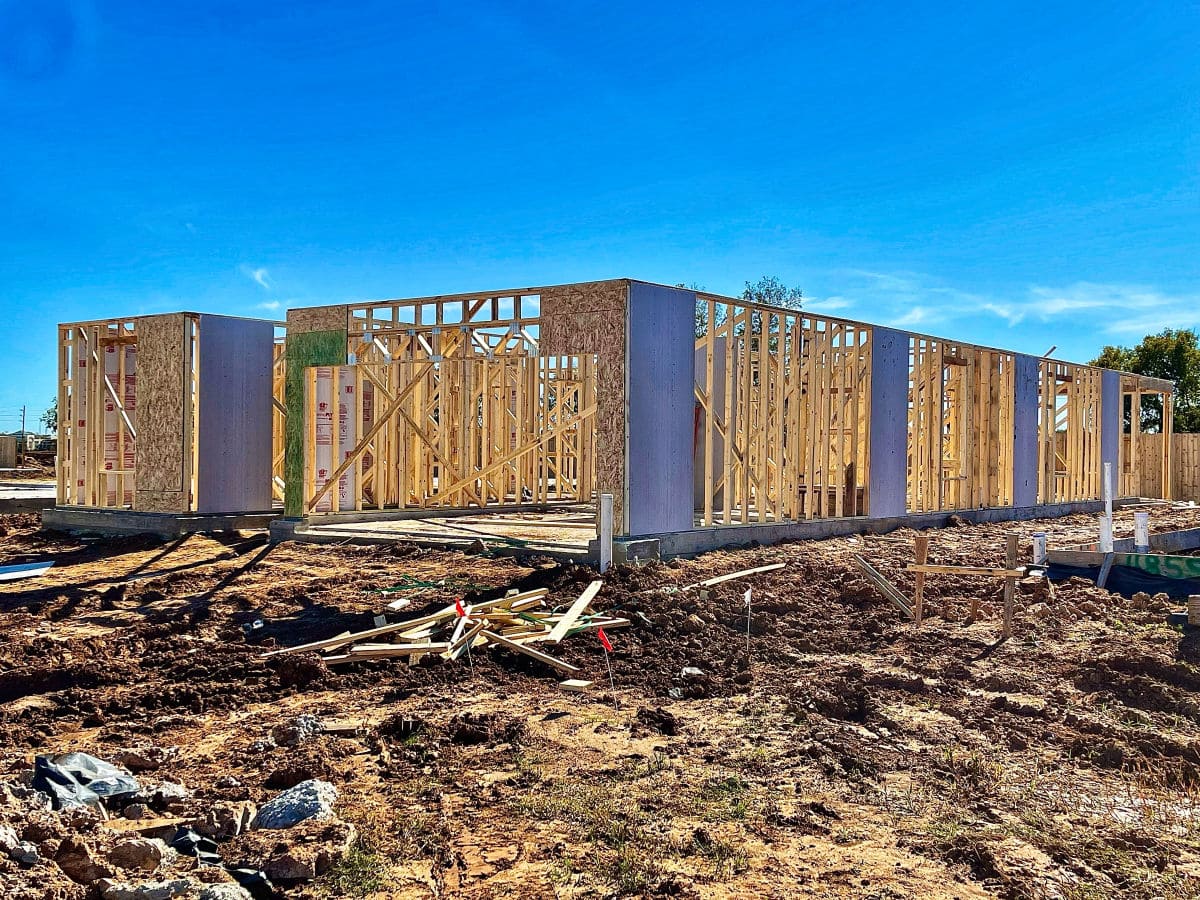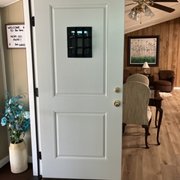Green home improvement projects encompass a range of renovations and upgrades that aim to reduce a home’s environmental footprint while enhancing efficiency. These modifications leverage sustainable materials and innovative technologies to lower energy consumption and minimize waste.
Adopting eco-friendly practices in home renovations serves the planet by conserving resources, reducing pollution, and offering homeowners tangible benefits. Such benefits include reduced utility bills, improved indoor environmental quality, and potentially increased property values, making green improvements a wise choice for both the earth and the individual.
Understanding Green Home Improvement Projects
A “green” home improvement is defined by its ability to enhance energy efficiency, utilize sustainable or recycled materials, and reduce a home’s overall environmental impact. These improvements are designed to create a harmonious balance between home living and environmental stewardship.
Sustainability in home renovations is increasingly relevant as it directly contributes to conserving natural resources, lowering energy reliance, and offering a healthier living space. As homeowners become more environmentally conscious, green renovations are moving from a niche trend to a widespread standard in home design.
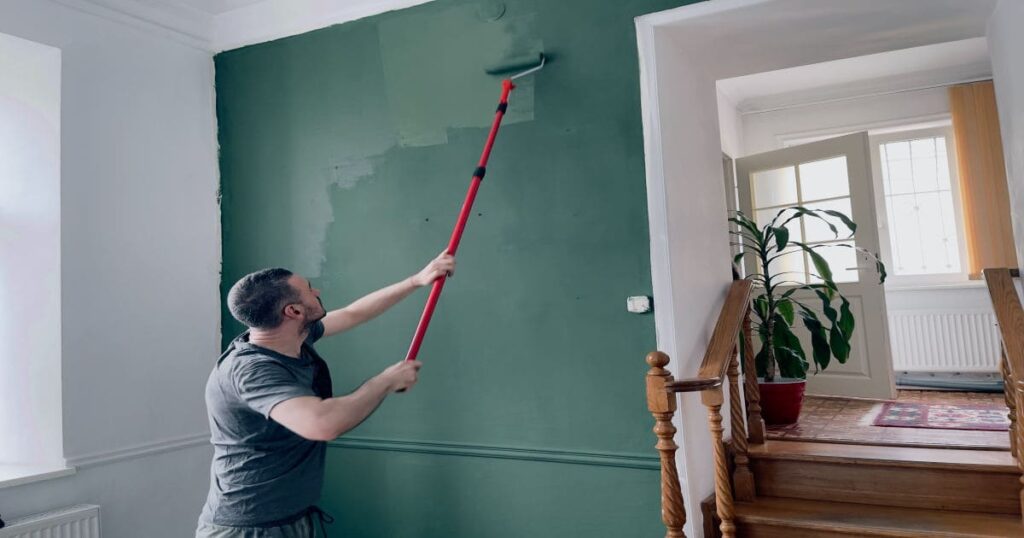
Benefits of Eco-Friendly Home Renovations
Long-term Cost Savings
Investing in eco-friendly home renovations can lead to significant cost savings over time, as energy-efficient appliances and sustainable design reduce monthly utility expenses. For instance, high-performance insulation and solar installations can dramatically cut energy costs, accumulating financial benefits for years.
Environmental Impact Reduction
Green renovations play a role in diminishing a home’s environmental impact by using renewable resources and reducing waste. From installing low-flow fixtures to opting for solar panels, these improvements help preserve ecosystems and reduce greenhouse gas emissions.
Enhanced Health and Indoor Air Quality
Eco-friendly home improvements often involve materials and practices that promote better indoor air quality, such as using low-VOC paints and installing proper ventilation systems. These measures reduce residents’ exposure to harmful chemicals and pollutants, enhancing their health and well-being.
Increased Property Value
Homes with green improvements are becoming more attractive to buyers, leading to an increase in property values. Features like energy-efficient windows and sustainable landscaping appeal to environmentally conscious buyers and those looking to save on future energy costs.
Planning Your Green Home Improvement Project
Setting Realistic Goals and Budget Considerations
Setting attainable goals and establishing a clear budget reflecting sustainable materials and labor costs is crucial when planning green home improvements. Balancing financial limitations with desired outcomes ensures that the project remains feasible and effective in reaching its eco-friendly objectives.
Researching Sustainable Materials and Methods
A key step in planning is thorough research into sustainable materials and construction methods that align with green standards. This research not only aids in identifying the most environmentally friendly options but also helps understand their long-term benefits and potential savings.
Hiring Contractors with Green Experience
Selecting contractors specializing in green building practices can greatly influence the success of your project. Their expertise ensures that implementing sustainable designs and materials is handled efficiently and according to best practices in eco-friendly construction.
Obtaining Necessary Permits for Eco-Friendly Upgrades
Securing the right permits is an essential part of the planning stage for any home improvement project, especially for eco-friendly upgrades. It’s important to comply with local regulations and building codes related to green renovations.
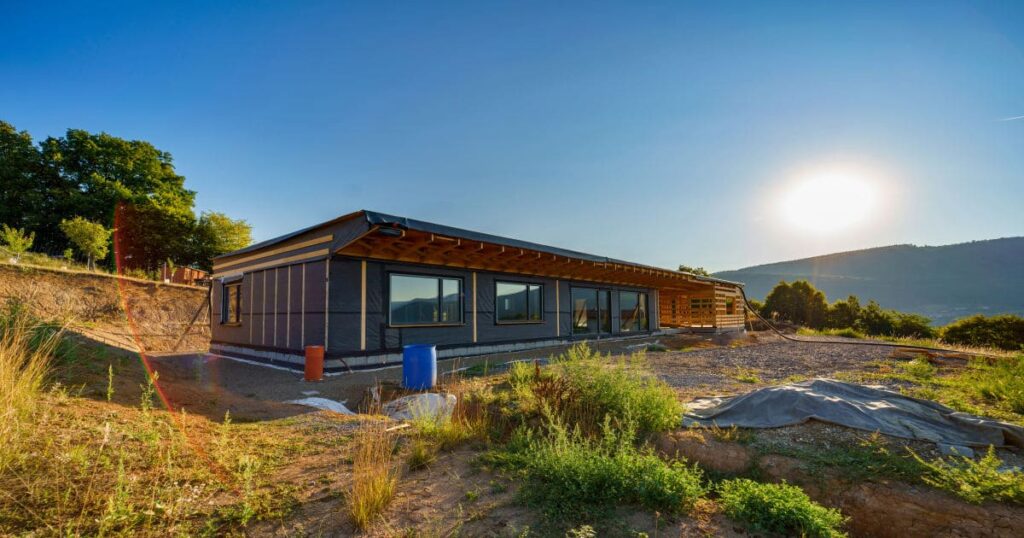
Eco-Friendly Materials and Resources
Sustainable Building Materials
Sustainable building materials are pivotal in green renovations, encompassing everything from bamboo flooring and cork to recycled glass and reclaimed lumber. These materials are selected for their low environmental impact, durability, and energy-saving properties, contributing to a more sustainable home environment.
Sourcing Local and Recycled Materials
Utilizing local and recycled materials reduces transportation emissions and supports the local economy. It also adds unique character and a story to the home. Recycled materials also prevent waste from ending in landfills, making them environmentally sound choices.
Energy-Efficient Appliances and Fixtures
Incorporating energy-efficient appliances and water-saving fixtures can drastically reduce a household’s energy and water consumption. Items like ENERGY STAR-rated appliances, low-flow toilets, and LED lighting are practical swaps that substantially improve a home’s efficiency.
Smart Technology Integration for Energy Conservation
Smart home technologies, including programmable thermostats and automated lighting systems, allow homeowners to monitor and adjust energy use in real time. This technology integration enables precise control over the home’s environmental impact and can lead to significant energy savings.
Specific Green Home Improvement Ideas
Insulation and Energy-Efficient Windows
Upgrading to high-quality insulation and installing energy-efficient windows are effective ways to maintain a home’s temperature, leading to less energy required for heating and cooling. These improvements can significantly reduce energy consumption and lower utility bills.
Solar Panel Installation
Solar panel installation is a transformative green home improvement that harnesses renewable energy, reducing reliance on fossil fuels. This upgrade cuts energy costs and may qualify homeowners for tax credits and rebates.
Rainwater Harvesting Systems
Implementing a rainwater harvesting system can greatly reduce water usage by collecting and storing rainwater for landscaping and other non-potable uses. This system is a step towards water conservation and self-sufficiency.
Low-VOC (Volatile Organic Compounds) Paints and Finishes
Using low-VOC paints and finishes reduces the release of harmful chemicals into the home, improving indoor air quality. These products are safer for both the environment and the home’s occupants.
Drought-Resistant Landscaping
Drought-resistant landscaping, or xeriscaping, involves choosing plants that require minimal water, reducing the need for irrigation. This landscaping type is eco-friendly, lowers maintenance costs, and conserves water.
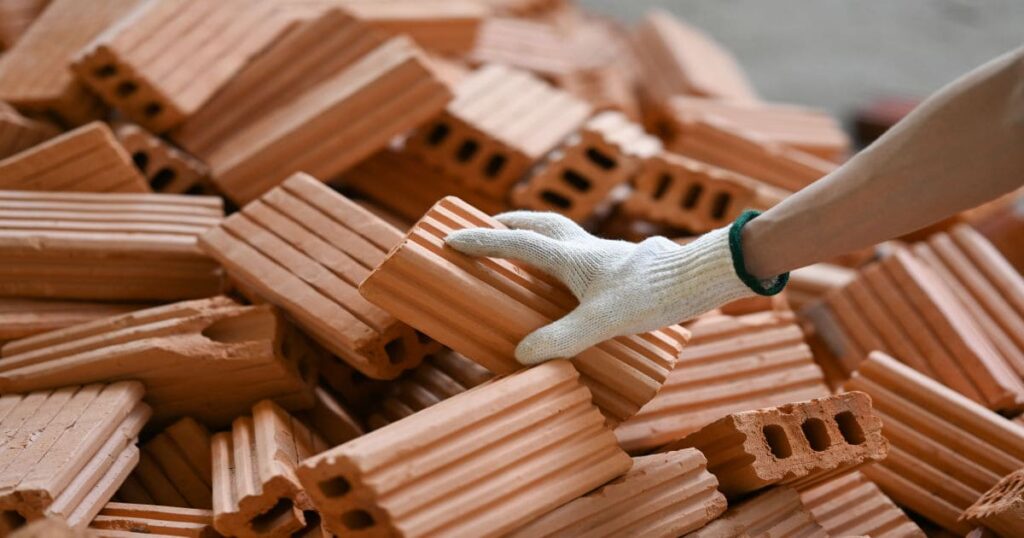
Government Incentives and Rebates
Tax Credits, Rebates, and Incentives for Green Renovations
Governments often offer a variety of tax credits, rebates, and incentives to encourage homeowners to make eco-friendly home improvements. These financial incentives can offset the initial cost of green upgrades like solar panels, energy-efficient appliances, and insulation.
How to Qualify and Apply for These Benefits
Meeting specific energy efficiency or renewable energy criteria makes homeowners eligible for these incentives. Homeowners can apply for these benefits by submitting the necessary documentation, often including proof of purchase and certification that the improvements meet the government’s green standards.
Challenges and Considerations
Potential Obstacles in Undertaking Green Home Improvements
Homeowners may face obstacles such as higher upfront costs, finding qualified contractors, or navigating complex building codes and regulations when undertaking green home improvements. These challenges can make starting eco-friendly renovations seem daunting.
How to Address These Challenges Effectively
To effectively tackle these challenges, thorough planning and seeking expert advice are essential. Researching financing options, such as green mortgages or incentive programs, can alleviate financial strain while hiring experienced professionals ensures compliance and quality workmanship.
Weighing Short-term Inconvenience Against Long-term Benefits
While green renovations might pose short-term inconveniences, such as construction disruption or initial expense, the long-term benefits — including environmental conservation, health improvements, and financial savings — far outweigh these temporary drawbacks. Homeowners should consider the enduring value and impact of their eco-friendly choices.

Future Trends in Green Home Improvements
Emerging Technologies and Materials
Emerging technologies and materials that push the boundaries of energy efficiency and sustainability are poised to shape the future of green home improvements. Innovations like biodegradable building materials and advanced energy storage systems are set to revolutionize how homes are built and function.
Predictions for Future Green Trends in Home Renovation
Trends in home renovation are expected to gravitate towards integrating smart home technology that optimizes energy use and enhances living spaces with minimal environmental impact. Additionally, there is likely to be a surge in retrofitting older homes to meet new green standards, expanding the market for eco-friendly renovation solutions.
The Homeowner’s Guide to Green Renovation
In summary, green home improvements offer many benefits, from the immediate impact of reduced utility costs to the broader environmental advantages of resource conservation and pollution reduction. These renovations enhance the health and comfort of indoor living spaces and contribute to the home’s overall value. As we look to the future, integrating sustainable practices in our living spaces is not just a trend but a responsibility. Homeowners are encouraged to embrace these eco-friendly options for the well-being of their environment and personal finances and as a commitment to a more sustainable world for future generations.

Frequently Asked Questions
How Do I Ensure the Products I Use are Truly Green?
Look for certifications like Energy Star, Forest Stewardship Council, or Green Seal, which indicate products meet certain environmental standards. Additionally, research the company’s sustainability practices to align with green principles.
Can Green Home Improvements Be Made in Stages, or Must They Be Comprehensive?
Green improvements can be phased in. It’s common to tackle projects one at a time, such as starting with energy-efficient appliances before moving on to larger projects like solar panel installation.
Are Green Home Improvements Feasible in All Climates?
Yes, green improvements can be adapted to any climate. In colder regions, emphasis might be on heating efficiency and insulation, while in warmer areas, cooling efficiency and shade structures might be prioritized.
How Can I Measure the Impact of My Green Home Improvements?
Many smart home systems provide detailed feedback on energy and water usage so you can see the difference your improvements make. Additionally, utility bill comparisons before and after renovations can serve as a good indicator of the impact.

